For TV biz powerhouse Uday Shankar, media is a nation's power
Adgully: What have been the defining events in your career?
Uday Shankar: First, it was the opportunity to work as a Times of India reporter in Bihar in the early nineties: it gave me a chance to understand how the government and politics work and interact. Any journalist is immature without understanding the interplay between these two fundamental forces of society. Second, it was the chance to work at the Centre for Science and Environment/ Down to Earth. I worked with Anil Agarwal who had one of the most incisive minds I have come across. I got rich insights into the dilemma of development versus sustainability. Also, it was a milestone in my personal maturity in terms of understanding how the non-governmental sector in India works. One of the most important messages I took home was the while the NGO sector was awesome as an idea, it was abysmal when it came to exerting an impact. This taught me how the government and politics have no substitute in society. This is possibly the most important milestone in my evolution as it gave me an understanding that taught me why media is so important and so honourable for society. This has been the driver of my past two decades' commitment to the media †be it news or entertainment. Those who work in the media without a full understanding of its power to change society are wasting their time. Finally, the opportunity to run Star Network is by far the greatest honour for a media professional for a variety of reasons; above all, because no other media company in India believes in the supremacy of content half as much as Star.
AG: What has spurred Star India's success in regional markets?
US: Firstly, we entered the market and sought to understand its pulse. For instance in Bengal, we realized that Bangla GE was meant for the 35+ women. We realized that Bengal was changing and there was no platform to reflect the aspirations of a new Bengali, especially the youth. This approach helped us become a meaningful entity in all our regional forays. Secondly, we invested heavily in content quality of storytelling, acting, production. This raised the bar in regional television and for the first time, regional GECs were not step cousins of their Hindi counterparts.
AG: The English movie channel space is getting increasingly competitive. What gives Star Movies' the differentiation?
US: We would rather talk about Star's English portfolio rather than just Movies. The English space has been very competitive for the past two to three years, with many global and Indian players entering the market. Yet, Star has been able to not only maintain its leadership position but also expand the English viewing market. In the past one year, Star Movies has been as large as HBO and Pix put together! I believe our ability to understand the viewer, source the best-in-class content, and our brand's relevant position have helped us cement our leadership. Our recent and highly successful James Bond festival on Star Movies underscores the differentiators mentioned above. Recently, Star launched six new English channels like FX, Fox Crime, Nat Geo Wild and Baby TV to cater to various other niches in the English space. Additionally, our English channels have an unparalleled distribution presence; for instance, Star Movies †India's 1st pay channel †is now available in over 4,000 cities and towns in India.
AG: What kind of content and experience do you want to present?
US: Today, Star India is the largest TV network with 16.5% share of all television viewing †this is without factoring in News and Sports! We lead in six different content genres: Hindi, English Movies, English Entertainment, Youth, Bengali and Malayalam Entertainment. We want to leverage this leadership position to set the agenda for Indian television. Firstly, we want to set new benchmarks in storytelling, acting and production. This is clearly evident from shows like Pratigya and Masterchef on Star Plus. All our content pushes the envelope in order to find resonance with the aspirations and values of contemporary India. We remain focused on adopting the latest technology from production to delivery. As the largest content creator in India, we believe we are not in the business of broadcasting but in the business of content delivery and are looking to provide our content to consumers on platforms beyond television as well. For instance, all our shows are available online through Star player.
AG: What growth path have you charted for Star Network?
US: We want to consolidate our leadership in our existing portfolio and continue to grow in the areas we play in. Additionally, we are constantly looking to shape and build the new viewership pools that are emerging.
AG: What has been the impact of the DTH revolution on the TV industry?
US: DTH has led the digitization agenda of the television industry. It has provided significant improvement in quality and choice for the viewer. However, I believe that DTH operators need to innovate more to create an identifiable, digital television consumer. Exclusive content such as show previews, behind the scenes would be a good start.
AG: What are the challenges for a GEC in a cluttered market?
US: Apart from the cluttered market environment, the heavily ad-dependent business model adds to the challenge of running a GEC in India. Firstly, GECs don't have very little scope for differentiation as 70% of revenues comes from ad-sales. As a result, we need to create content with the broadest appeal, hence all channels end up having similar content. That is a great disservice to the viewer. Secondly, the CPRP based ad-currency has effectively eroded the value television brings to advertisers as the largest reach platform. As a result, TV channels are forced to increase inventory to the extent of having 25-30 mins of advertisements in an hour. Thirdly, apart from revenue pressures, poor infrastructure and talent shortage implies sky rocketing costs for the GECs.
AG: Any message for young professionals?
US: One, create your own identity and aspirations rather than following the herd. Two, invest time and effort to understand your consumer. Three, focus on building your skills for the long term rather than chasing short-term goals. | By Prabha Hegde [prabha(at)adgully.com]





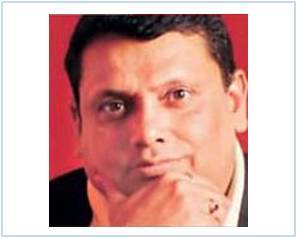
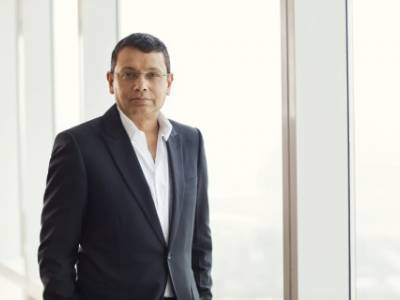
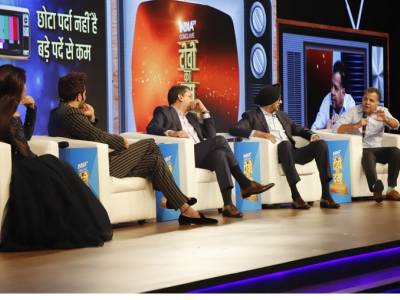
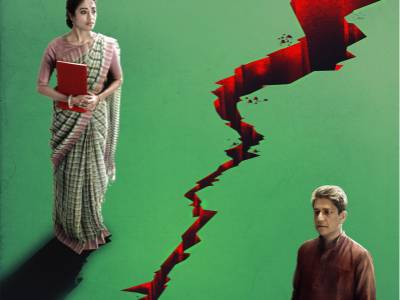
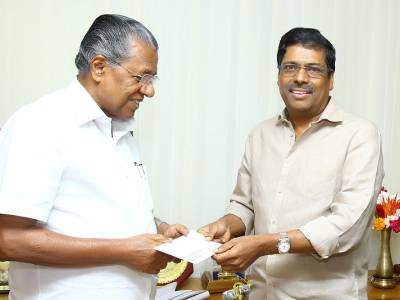

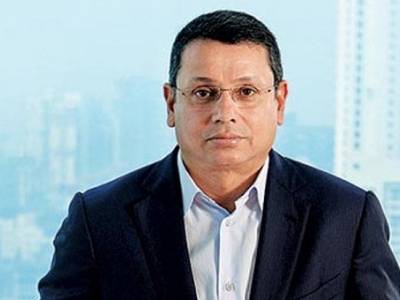

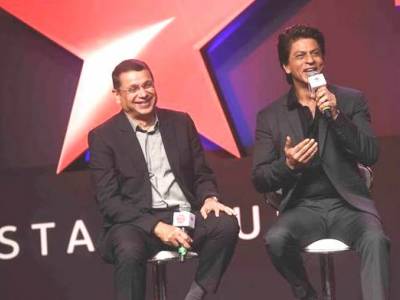





Share
Facebook
YouTube
Tweet
Twitter
LinkedIn